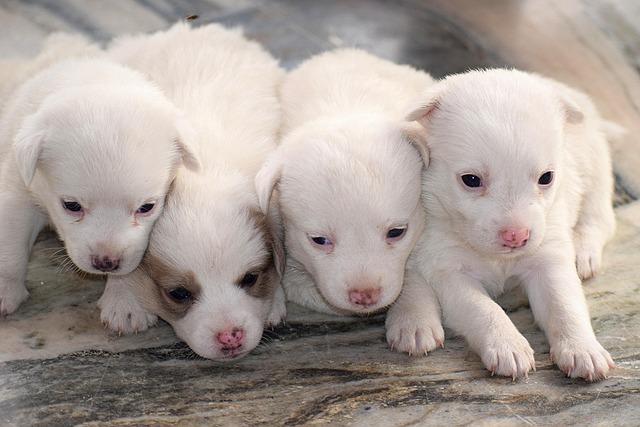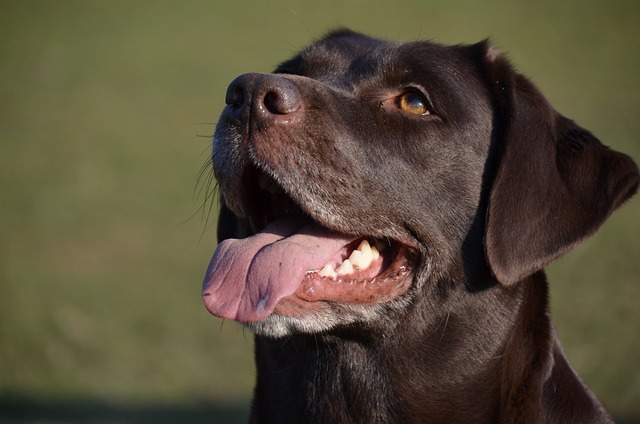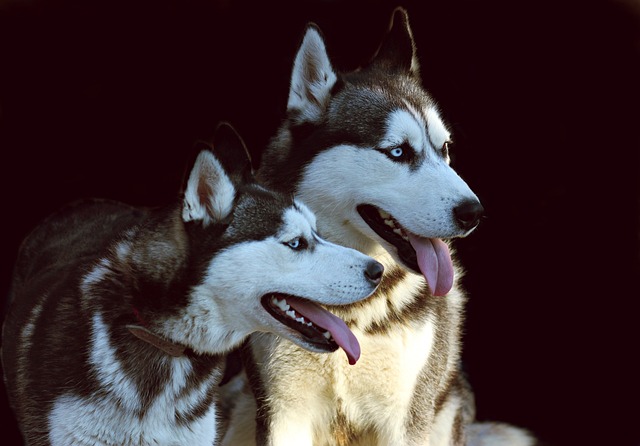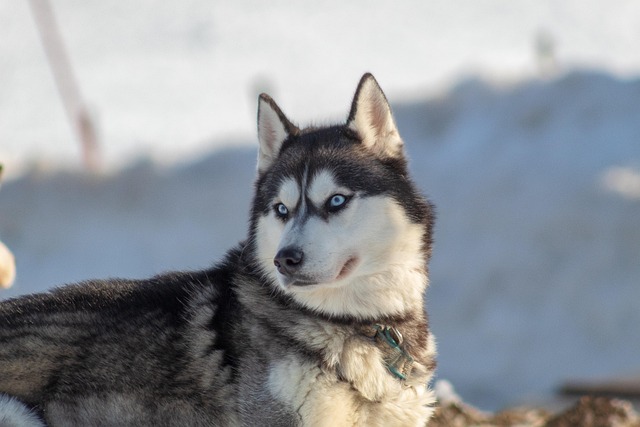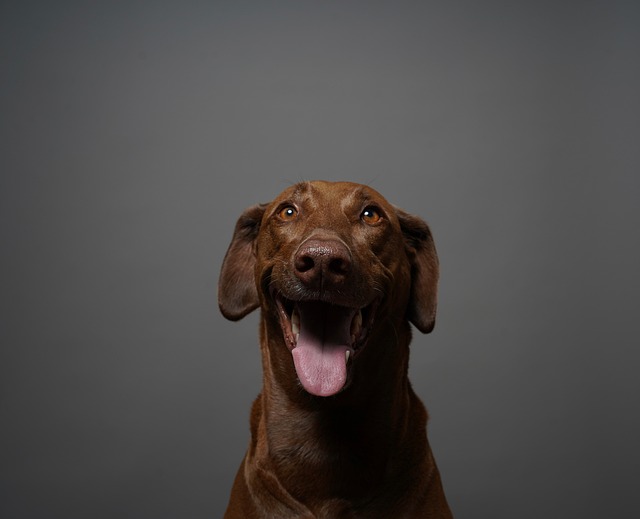When our lovely dog unfortunately gets kennel cough, as owners, we are filled with worry and anxiety. Kennel cough, a disease that is not uncommon among dogs, is infectious, which makes us have to face a crucial question: how long exactly does a dog need to be quarantined after getting sick?
Kennel cough, medically known as canine infectious tracheobronchitis, is a respiratory infectious disease caused by a variety of pathogens. It often spreads rapidly in places where dogs gather, such as kennels and pet stores. Once our dog shows symptoms like persistent coughing, dry heaving, and sometimes even accompanied by a runny nose, listlessness, and loss of appetite, it is very likely to be infected with kennel cough. At this time, we feel sorry for the discomfort our dog is suffering from, and we also know that quarantine is an important measure to control the spread of the disease and help the dog recover.
Quarantining the dog is, first and foremost, to protect other healthy dogs. Kennel cough is highly contagious, and healthy dogs are very likely to be infected after coming into contact with the droplets or contaminants of sick dogs. Just imagine, when we take our dog to the park to play and it has close interactions with other dogs, if it is in the incubation period or the illness period of kennel cough at this time, then other dogs are at great risk of being infected. This will not only make more dogs suffer from the illness, but may also trigger a series of chain reactions, bringing troubles to many dog owners. Therefore, for the common healthy environment of dogs, it is our bounden duty to quarantine the sick dog.
As for the duration of quarantine, there is no absolutely fixed standard, and it should be judged according to the specific condition and recovery situation of the dog. Generally speaking, after a dog is diagnosed with kennel cough, the quarantine should be started immediately, and this quarantine period is usually not less than 2 to 3 weeks. In the initial 2 to 3 weeks, the virus in the dog's body is in the active transmission stage, and symptoms such as coughing are also more obvious. Through strict quarantine, the spread of the virus to the outside world can be minimized. We place the dog in a relatively independent, well-ventilated, warm and comfortable space, preventing it from coming into contact with other pets, and at the same time, taking good care of its daily diet and living. It is inevitable that we feel a bit sad seeing the dog staying alone in the quarantine space, but this is for its speedy recovery and also for protecting the health of other dogs.
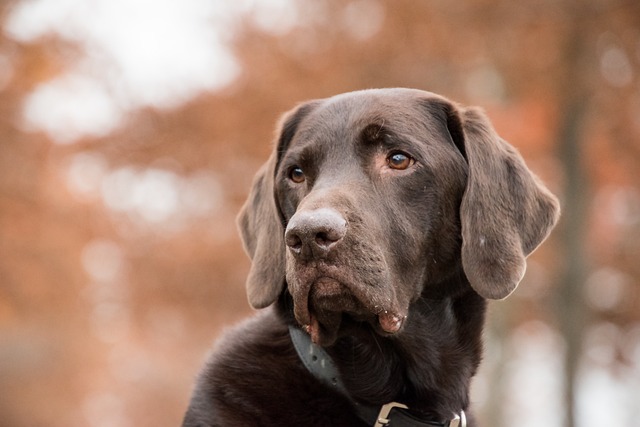 During the quarantine period, we need to closely observe the changes in the dog's symptoms. If the dog's coughing symptoms are significantly reduced after 2 to 3 weeks, and its mental state and appetite gradually return to normal, this is a positive sign. However, even if the symptoms are relieved, we should not be in a hurry to end the quarantine for the dog. Because there may be some hidden situations with kennel cough. For example, there may still be a small amount of pathogens remaining in the respiratory tract. If the quarantine is ended too early, the dog may spread the pathogens to other animals again. So, at this time, we can consult a veterinarian. According to the veterinarian's advice, it may be necessary to extend the quarantine period by another 1 to 2 weeks for further observation and consolidation.
During the quarantine period, we need to closely observe the changes in the dog's symptoms. If the dog's coughing symptoms are significantly reduced after 2 to 3 weeks, and its mental state and appetite gradually return to normal, this is a positive sign. However, even if the symptoms are relieved, we should not be in a hurry to end the quarantine for the dog. Because there may be some hidden situations with kennel cough. For example, there may still be a small amount of pathogens remaining in the respiratory tract. If the quarantine is ended too early, the dog may spread the pathogens to other animals again. So, at this time, we can consult a veterinarian. According to the veterinarian's advice, it may be necessary to extend the quarantine period by another 1 to 2 weeks for further observation and consolidation.
During the whole quarantine process, our company is of great importance. Although we cannot play closely with the dog as usual, we can let the dog feel our love and care through softly calling its name and gently stroking it. We feed the dog nutritious food on time to ensure that it has enough energy to fight the disease. At the same time, we give the dog medicine on time and carry out necessary treatments according to the veterinarian's instructions. When we see the dog getting better day by day under our careful care, the joy and relief are beyond words.
If the dog's condition is more serious and there are complications such as difficulty in breathing and persistent high fever, then the quarantine time will be extended accordingly. It may be necessary to continue the quarantine for 4 weeks or even longer until all the dog's physical indicators return to normal and the symptoms disappear completely. In this case, we need to give the dog more patience and love. Every time we accompany the dog through difficult times, it is a deep emotional connection between us and the dog. We look forward to the dog overcoming the disease and regaining its former vitality.
When the dog finally meets the conditions for ending the quarantine, we also need to act cautiously. First, let the dog gradually adapt to the outside world in a relatively safe environment with less movement of people and animals, and observe its reaction. After confirming that the dog has fully recovered, then take it to have normal social interactions with other dogs. At this time, looking back on the days when the dog was sick and in quarantine, we will cherish the dog's health even more, and we will also have a deeper understanding of the dog's health management.
In short, the quarantine duration of a dog after getting kennel cough is a process that requires us to pay careful attention and make flexible judgments according to the actual situation. In the name of love, we build a defense line against the disease for the dog, accompany it through these difficult times, just for the moment when it can run healthily and happily by our side again.
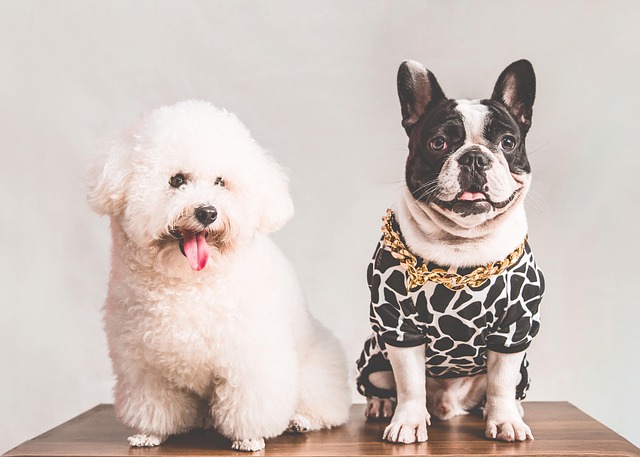
 During the quarantine period, we need to closely observe the changes in the dog's symptoms. If the dog's coughing symptoms are significantly reduced after 2 to 3 weeks, and its mental state and appetite gradually return to normal, this is a positive sign. However, even if the symptoms are relieved, we should not be in a hurry to end the quarantine for the dog. Because there may be some hidden situations with kennel cough. For example, there may still be a small amount of pathogens remaining in the respiratory tract. If the quarantine is ended too early, the dog may spread the pathogens to other animals again. So, at this time, we can consult a veterinarian. According to the veterinarian's advice, it may be necessary to extend the quarantine period by another 1 to 2 weeks for further observation and consolidation.
During the quarantine period, we need to closely observe the changes in the dog's symptoms. If the dog's coughing symptoms are significantly reduced after 2 to 3 weeks, and its mental state and appetite gradually return to normal, this is a positive sign. However, even if the symptoms are relieved, we should not be in a hurry to end the quarantine for the dog. Because there may be some hidden situations with kennel cough. For example, there may still be a small amount of pathogens remaining in the respiratory tract. If the quarantine is ended too early, the dog may spread the pathogens to other animals again. So, at this time, we can consult a veterinarian. According to the veterinarian's advice, it may be necessary to extend the quarantine period by another 1 to 2 weeks for further observation and consolidation.